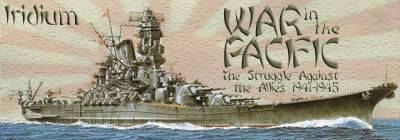ORIGINAL: starsis1
Real quick - British did build a large-deck carrier BEFORE armoured deck carriers - Ark Royal. It had much larger aircraft capacity and was in many ways similar to the Yorktown-class USN carriers
Well that certainly smashes the "culture" hypothesis I was rambling on about then doesn't it!
I hear and believe you guys when you say that (a) the choices had a pragmatic logic to them given the European theatres, and moreover that (b) the RNs armored designs performed well in the roles for which they were primarily intended in the Euro theatre. In short, you guys are saying that, in the Pacific they might seem useless, but in the European theatres they were demonstratively useful.
Still I wonder if a less-armored, higher-capacity design would have worked even better? No? Yes? Maybe? That would seem to be the underlying spirit of the OPs original question. I don't know the ships all that well, but for you guys that do, imagine some of the Atlantic/Med engagements in which RN CVs were engaged . . . now imagine that the RN CV involved had instead been its American contemporary sister CV design. How might things have turned out different?
It sounds like the extra armored design did not actually function to "repel" attacks as effectively as it had been envisioned?










